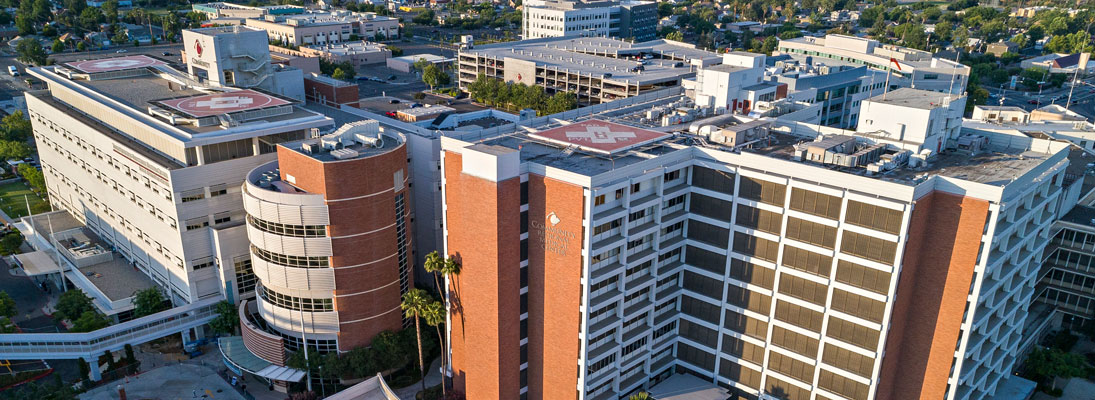
During interventional catheter-based procedures, cardiac specialists use a small tube, called a catheter, to diagnose and treat structural heart problems instead of using surgery. Procedures of this kind are often easier on patients, typically allowing for a faster recovery with less pain or discomfort.
Interventional Procedures
For patients with arrhythmia (irregular heartbeats). The procedure helps restore the heart to a normal rhythm. The patient is normally under sedation while low-energy electric shocks are sent to the heart, slowing or regulating the heartbeat.
Open coronary arteries that have been narrowed from heart disease. Angioplasty uses a small balloon at the end of the catheter that’s inflated near the blockage or narrowing. The inflated balloon allows for blood to flow more freely. A stent is a mesh tube that’s inserted through the catheter at the blockage to hold open the blood vessel and allow for blood to flow through.
Is an alternative to angioplasty or stenting that uses tiny blades to cut away plaque deposits blocking or narrowing the coronary artery. Depending on the shape of the blockage, size of the artery and whether clots are present, atherectomy may or may not be preferable to angioplasty or stenting.
Test the electrical activity of the heart so the cardiac specialist can locate the cause of an arrhythmia (abnormal heartbeat).
Takes a sample of the inner tissue of the heart with a bioptome (a small catheter with a grasping device). The sample can then be examined in a lab for further diagnosis.
Internal or permanent pacemakers are used when the slow heart rate becomes chronic or is believed to be irreversible. The pacemaker is implanted into the chest or abdomen. It's a device that uses electrical impulses to regulate or reproduce the heart rhythm. An internal pacemaker is one in which the electrodes into the heart, the electric circuitry and the power supply are implanted internally within the body.
A serious condition caused by a plaque build-up in the arteries of the legs, restricting blood flow. PAD increases the risk for heart attacks and stroke. The disease alone is painful and can result in immobility, non-healing wounds, loss of limbs, and even death. It’s very important to talk to your doctor about treatment options, especially if you have obesity or diabetes. Community Regional has many options of treatment for PAD.
-
Carotid Stenting is a minimally invasive procedure in which a wire-mesh stent is inserted into the carotid vessels of the neck to increase blood flow to the head and brain.
-
Peripheral Angiogram provides a map of the patient’s vascular system to determine if narrowed or blocked arteries are present and where they are located.
-
Peripheral Intervention uses minimally invasive techniques such as balloons and stents to increase blood flow through blocked arteries.
-
Laser Therapy uses lasers to carefully clear the plaque and calcium buildup around blocked arteries, providing relief and restoring blood flow.
A procedure in which the doctor uses a sterile needle or catheter to drain and remove excess fluid or blood from the pericardial sac that surrounds the heart. Patients receive a local anesthetic before undergoing pericardiocentesis, which is often done with echocardiogram monitoring and ultrasound guidance.
We use cookies and other tools to optimize and enhance your experience on our website. View our Privacy Policy.

